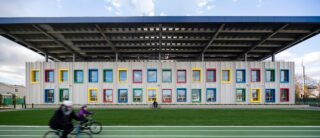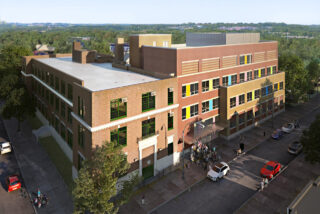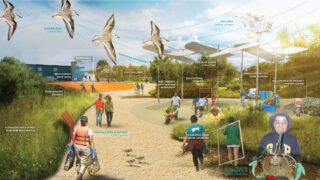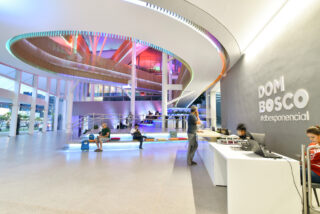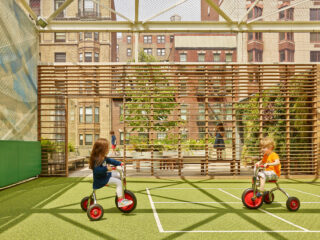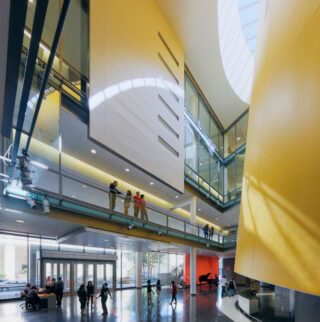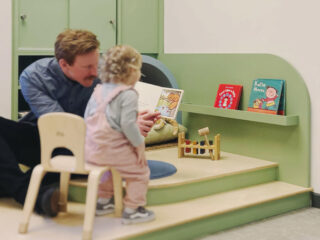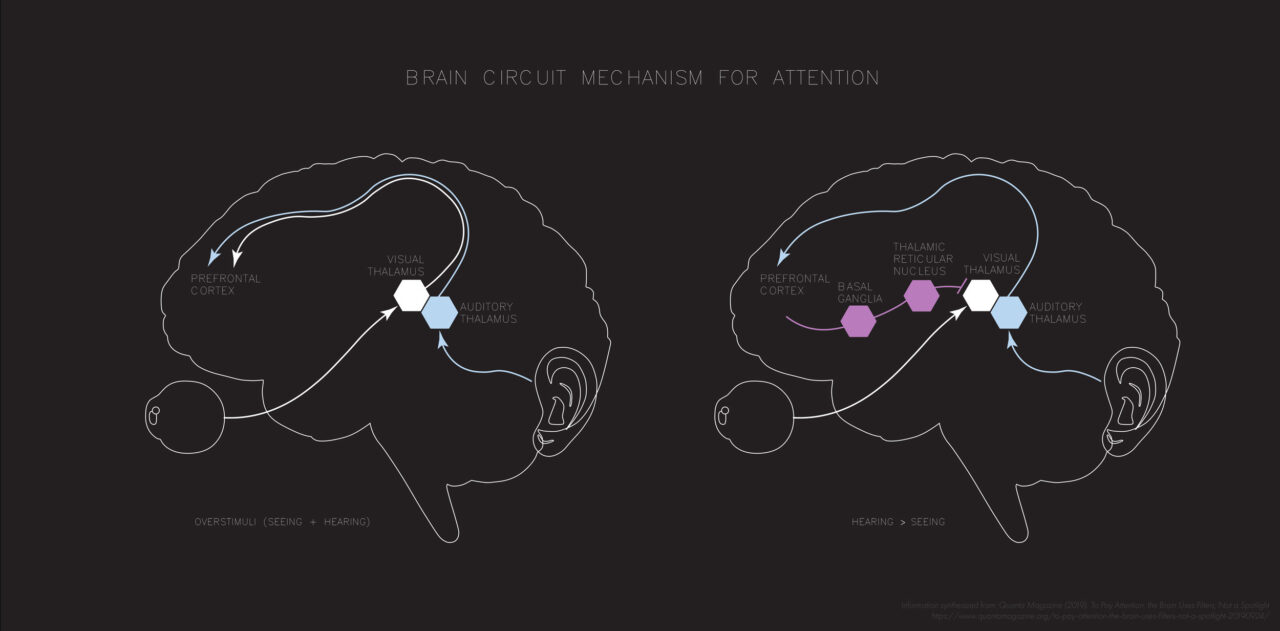
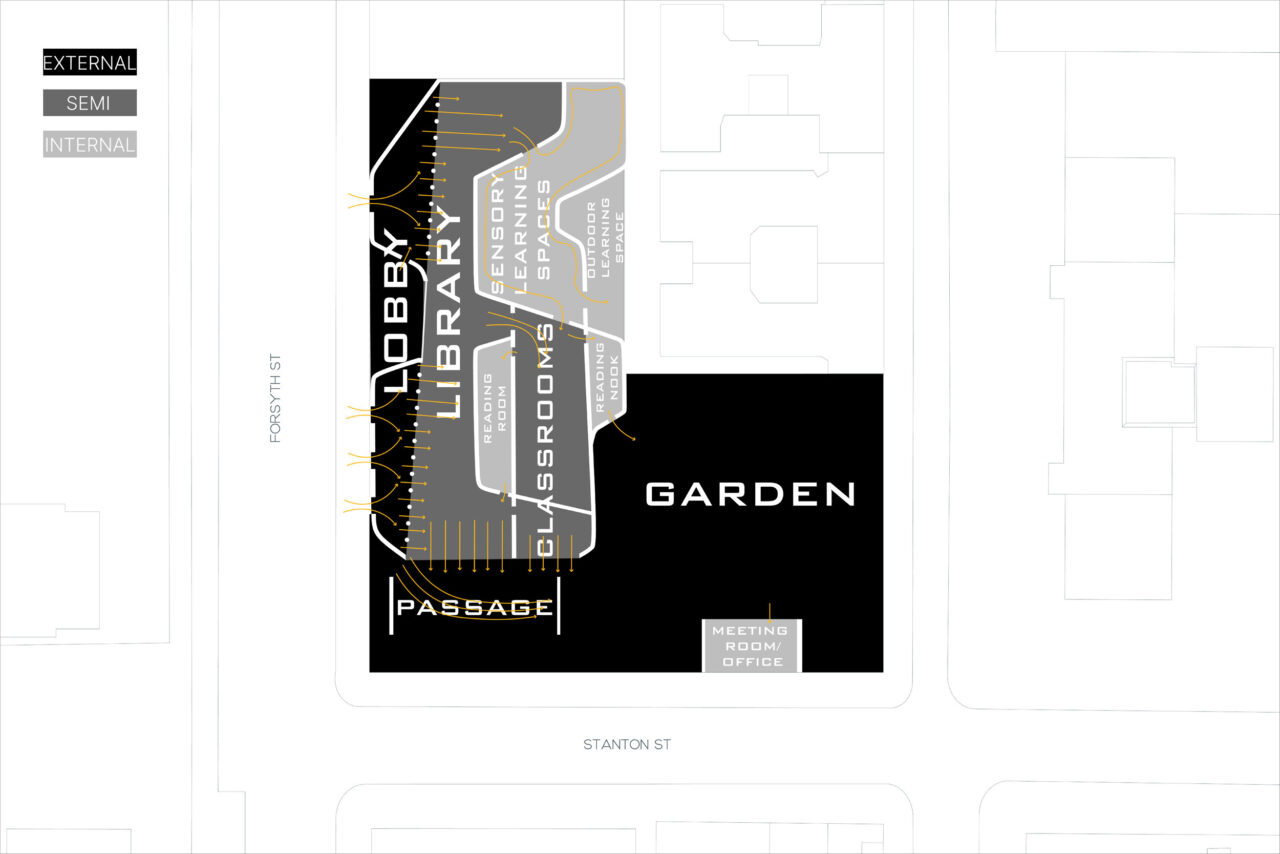
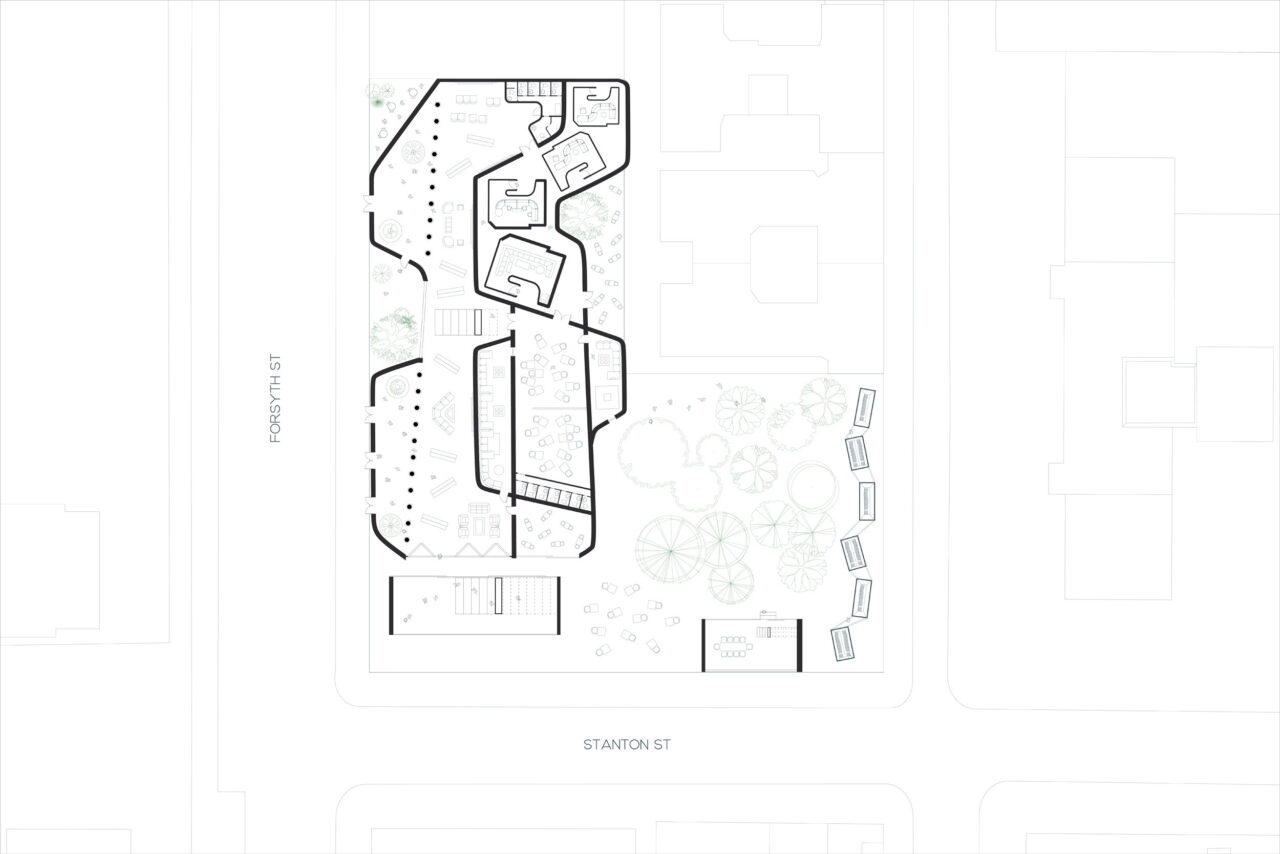
Current estimates indicate that between 5% and 16% of the general population have sensory processing challenges. In addition, the estimated number of children diagnosed with autism is approximately one in 44 in the United States (according to the Centers for Disease Control), and one in 100 worldwide (as per the World Health Organization). For children, significant neurological development occurs during the school-age years. While experiential learning through sight, touch, and sound starts long before a child sets foot in a school, it is strengthened through regular interaction and stimulation in high-quality learning settings. Studies have shown that the benefits of sensory interventions in school settings include improved student engagement, better emotional and behavioral control, and increased time available to learn.
The built environment has an enormous effect on sensory experience, but it is not always reducible to a set of design guidelines. Design for mental well-being can include legibility, clear wayfinding, clear architectural language (i.e., coherent spatial composition), and high ceilings. Open spaces are preferred by those with sensory processing challenges because they offer an overview of the environment, which increases predictability and provides opportunities to distance oneself from others without being isolated. If designed properly, a space can structure the users’ reality, offering them something to relate to.
The motivation for the school I designed as part of my master’s program was to explore potential design frameworks that also positively affect social frameworks in a school environment. The Sensory School is based on the mechanism of sensory gating (Figure 1), a neural process of filtering out redundant or irrelevant stimuli from environmental stimuli reaching the brain. This can occur in different forms through changes in both perception and sensation, and is affected by various factors, such as arousal, recent stimulus exposure, and selective attention. Designing a school to modulate sensory experiences for children through stimuli filtration not only provides an inclusive environment for neurodivergent children, but can also enhance overall learning. Designing for neurodiversity, working with these mechanisms of the brain, and applying these principles to educational spaces could be a powerful approach to productively influencing the learning experience of students.
The Sensory School design functions as a community filter via the two street bars (Figure 2). From the east, the building engages the surrounding residents with a learning institution. The students ascend from the lobby to the library (before going through a classroom band) via a stair path, and pass through modulating mezzanine floors. The school also acts as a sensory funnel with choreographed pathways from external, more public and shared spaces to more internal and individualized spaces. From both bars, students go through a spatial sequence (via bands) that allows for sensory dampening to navigate to more focused spaces, reducing stimuli through filtration. The school features sensory pods that provide a curated sensory deprivation experience for students. Before entering the sensory pods, students move into a transitional space adjacent to the library, which serves as a priming mechanism to adjust to the differences in spatial conditions. This is an adaptable space where students can meditate or have a more individualized learning experience. An outdoor garden that incorporates a courtyard library is another filtering element in the school, allowing students to enter from the east (Figure 3).
Inside the school, students experience auditory dampening due to the sound absorption facilitated by the use of felt on wall surfaces. The millions of fibers in felt have high density and elasticity, which further enhance its effectiveness at reducing sound. This supports sensory regulation, provides better opportunities for focus and concentration, enhances comfort and relaxation, and amplifies communication and social interactions among students. By considering the needs of neuro-diverse students, The Sensory School creates an environment that is conducive to the well-being, comfort, focus, and engagement of all students.

Sherry Aine Te is a Master of Architecture and MS Urban Planning 2025 candidate at Columbia University Graduate School of Architecture, Planning and Preservation.











